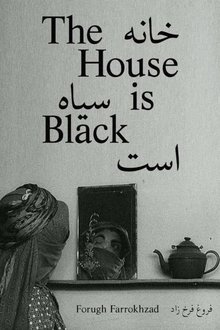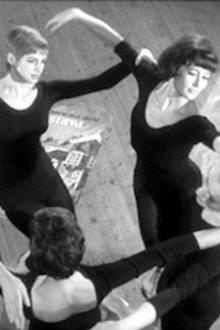The film "Hurricane on the Bayou" is about the wetlands of Louisiana before and after Hurricane Katrina.
Related Movies
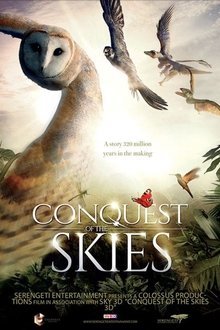
Wild Flight: Conquest of the Skies 3D (2016)
The ability to fly is one of the greatest miracles in the natural world. Millions of creatures soar above our heads today, using a fabulous variety of techniques to defy gravity and master their aerial environment. Wild Flight: Conquest of the Skies 3D uses the very latest science and stunning special effects to uncover the 300-million-year story of flight as never before. The most advanced filming technology allows us to show the beauty and excitement of life on the wing, from the fastest predatory falcons to the most acrobatic of insects, night flyers like owls and bats, and the soaring and gliding specialists capable of traveling huge distances. Audiences will truly enter the amazing world of these remarkable animal aviators, and leave the theatre both stunned by the spectacle and thrilled by the story of Wild Flight: Conquest of the Skies.

1917 - Jahr der Entscheidung (1973)
Four documentary scenes with subtitles document the year 1917 as the beginning of a new era. In addition to the military situation and the supply situation in Germany, the intervention of the USA and the events in Russia are shown in particular.

The Making of The Documentary II (2015)
Step into the life and mind of critically acclaimed Hip Hop artist The Game as he travels to Record Room Studios in Miami, FL to record the follow up to his album "The Documentary".
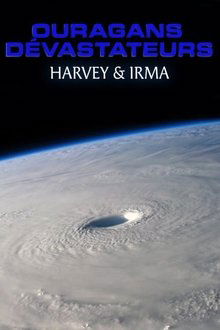
Super Hurricanes: Inside Monster Storms (2017)
On the heels of two of the most devastating hurricanes in recent memory, Science Channel takes an in-depth look at the reasons why these massive storms continue to get bigger and stronger. Featuring interviews with leading meteorologists, scientists, and engineers, who examine the basic science of hurricanes.
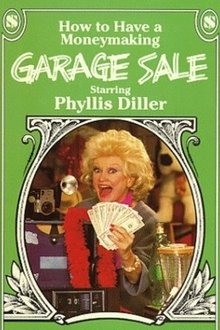
How to Have a Moneymaking Garage Sale (1987)
Learn today's simple, step-by-step way to make more money with less effort...and have fun! Phyllis Diller shares her "garage sale secrets" with you, digging into closets, plowing through old boxes and clearing out the attic as she organizes an attractive, moneymaking garage sale.
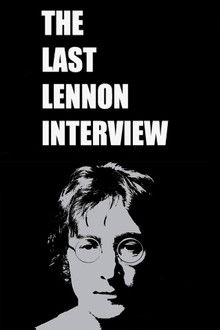
The Last Lennon Interview (2015)
Two days before John Lennon was shot, British journalist Andy Peebles did a long radio interview with Lennon and Yoko Ono, and now explains what happened.

The Amorous Indies (2018)
Les Indes Galantes (The amorous indies), is an opera-ballet created by Jean Philippe Rameau in 1735. He was inspired for one of the dance by tribal Indian dances of Louisiana performed by Metchigaema chiefs, in Paris in 1723. Clément Cogitore adapts a short part of the ballet by mobilizing a group of Krump dancers, an art form born in Los Angeles black ghetto in the 1990s. Its birth occurred in the aftermath of the beating up of Rodney King and the riots, as well as police repression it triggered. Amidst this coercive atmosphere, young dancers started to embody the violent tensions of the physical, social and political body. Both the tribal dance performed in Paris in 1723, and the rebelious Krump dancers of the 1990s shape a reenactment of Rameau’s original libretto, staging young people dancing on the verge of a volcano.

LHR (1972)
A colour anamorphic musical look at London's Heathrow airport over 24-hours in November 1971. The subject was shot entirely at Heathrow airport without recording any direct sound. LHR's many layered tracks were all compiled, recorded and laid in post-production.
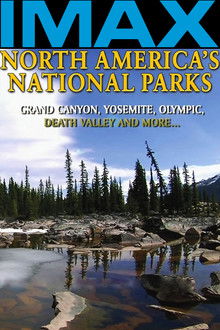
North America's National Parks (2009)
By using special cameras and techniques, David Fortney has captured the beauty of these parks in ways never seen before. Fluid, masterful camera work and serial photography gives you the sensation of soaring over and through the landscape.

Clone Wars: Bridging the Saga (2005)
A short documentary on the making of the Cartoon Network's Clone Wars micro series, specifically the final 5 episodes.
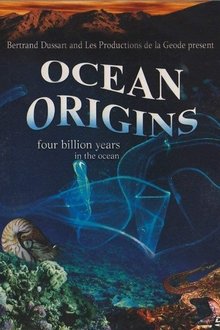
Origins of Life (2001)
A documentary that explores the natural world of the sea, from the single-celled organism to more complex forms of life, OCEAN ORIGINS was originally filmed in the IMAX large format, which adds a crispness and clarity to the images. This documentary film seeks to examine the process of evolution by looking at the many creatures of the sea that can illustrate the way multi-cellular life emerged over the course of four billion years. OCEAN ORIGINS is a creative film that uses fascinating documentary footage to look at scientific theories and principles in an interesting manner
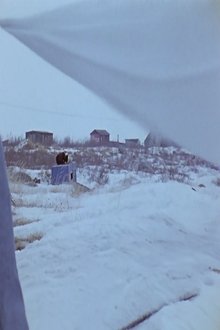
Some Natives of Churchill (1973)
This short documentary zooms in on Churchill, Manitoba, on the western curve of Hudson Bay. The town boomed for a while after it became the railhead seaport for the shipment of Prairie grain. It also changed the way of life of the Native Indian and Inuit population.

Scoggie (1975)
This short documentary profiles 27-year-old Scoggie Watson, a Cape Breton stalwart who clings to the things he cherishes most: the waters of Lake Bras d'Or, his hand-built sailboat, his freedom, and the friends who stayed in Cape Breton instead of leaving for the big cities.
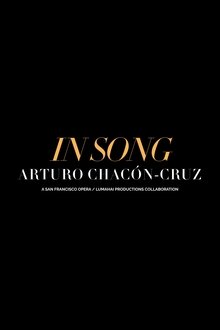
In Song: Arturo Chacón-Cruz (2021)
Journey to the sunny coastline of South Florida, where Chacón-Cruz — one of opera’s leading tenors — invites you inside his home, his artistry and his history to show how he’s embraced his identity as fuel for his work.

i.Mirror by China Tracy (2007)
Cao Fei recorded her experiences within the online social platform Second Life. The result is a wistful, surreal vision of an alternative reality sprung from the pop culture fantasies and hyper-consumerism of contemporary urban China, while also trying to transcend its real-life limitations. It can be seen as an answer to the challenge posed by River Elegy: how to envision a new Chinese destiny founded on principles of individuality, creativity, discovery, and freedom. The film also reflects the contemporary condition of the virtual supplanting our experience of the real.
